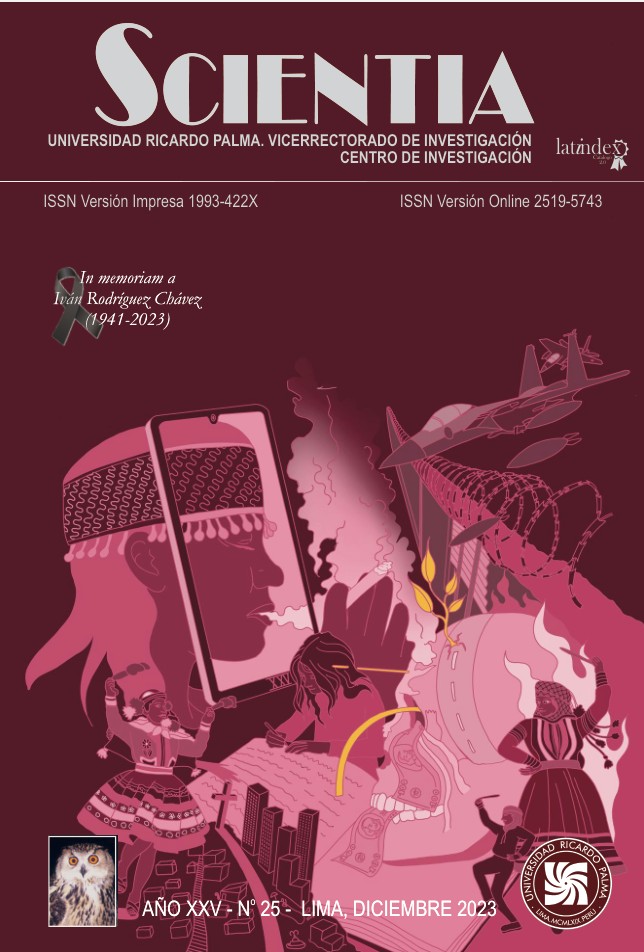Biotransformation of domestic plant waste into high nutritional value silage for farm animals
Keywords:
Biotransformation, silage, domestic waste, animal nutritionAbstract
The study focuses on the use of husks of plant origin for the production of silage for livestock. Four vegetable peels stand out: cassava, potato, passion fruit, and banana, each with beneficial properties for fattening and optimal growth of animals. Traditional silage methods, which involve machinery and emit polluting gases, contrast with the proposal to use domestic plant waste, thus reducing the carbon footprint. In addition to improving livestock food security, this approach provides additional income to households, enhancing quality of life. The study collected vegetable peels and established four treatments (T1, T2, T3, and T4). Physicochemical parameters were measured throughout the ensiling process, demonstrating that lactic acid was produced in all treatments since the initial pH 6.5 decreased to 5.5 in the first week and 4.5 in the second week. Likewise, it was shown that treatments T1 and T2, composed of cassava and potato peels, maintained their integrity regarding texture, color, and smell because they contained less water content and a more significant amount of fiber.


2.png)



